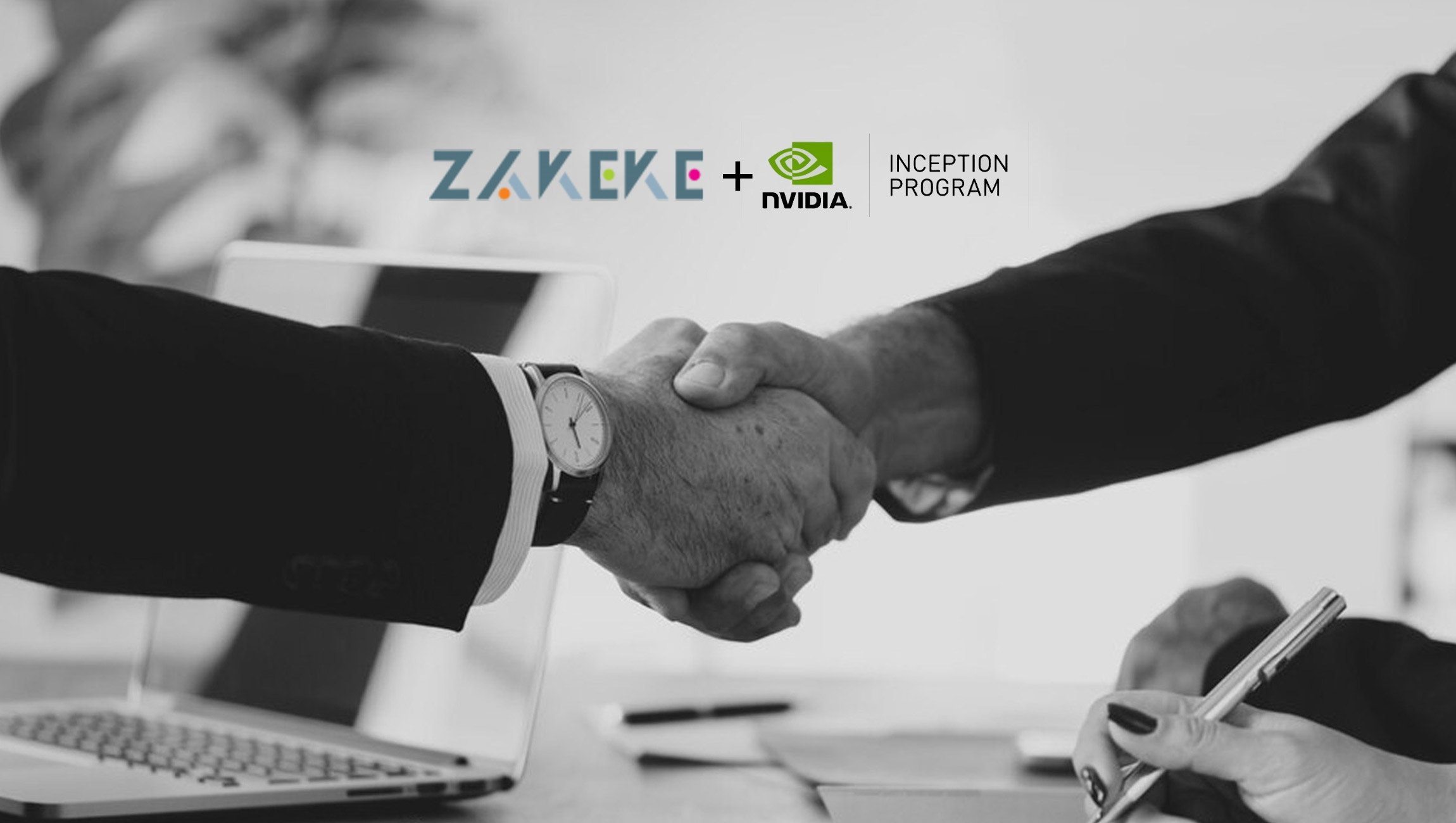The democratization of access to quality and accurate information will be paramount this year, as four billion people across more than 40 countries head to the polls. Online media and digital channels are about to become a battleground of disinformation and discord, from the proliferation of deep fakes to censorship and algorithm-led micro-targeting, all of which create biased, confusing and inaccurate messaging for the masses. For media organizations to ensure the authenticity of their content and retain their audiences in this climate, they need to become trustworthy providers of well-sourced, balanced content that cuts through the chaos.
The great fall-away from third-party platforms
According to recent research, trust in the mass media across America is at an all-time low. Only 32% of the population is reported as having a “great deal” or “fair amount” of confidence in the media when it comes to accurately reporting the news.
Much of this distrust is down to the consumption of news on third-party sites, many of which manipulate content originally from reputable media companies and brands. A joint survey, published last month by the Reuters Institute and the University of Oxford, revealed that many consumers are moving away from relying on social media sites as news sources, with referral traffic to news sites from Facebook and X falling by 48% and 27% respectively in 2023.
So, given that the appetite for third-party content is declining, media organizations must embrace the opportunity to better connect with customers and increase the reach of their own websites.
Ownership is king
A media organization’s website is the only real estate they can truly own and control. Therefore, websites are key to boosting brand reputation and protecting content from third-party manipulation. Media and digital companies are becoming increasingly aware of the dangers of investing in platforms they don’t own, and the pitfalls of being over-indexed in one particular channel.
Take the examples of Disney, Sony Pictures and Lionsgate as a case in point. In late 2023, these three major brands walked away from X following Elon Musk’s seeming support of an anti-Semitic tweet. These media giants, among others, pulled their advertisements from the platform, as misinformation appeared alongside their ads, putting their brands at risk. Given that 60% of adults in the US consider a brand’s reputation to be one of the most important factors when spending money with them, brand credibility and authenticity should be safeguarded at any cost. Those media companies who are already investing heavily in their web channels will be best positioned to weather the current era of disinformation. In fact, the Reuters Institute and University of Oxford report found that 77% of digital leaders from 50+ countries have resolved to focus on their own media channels in 2024.
Marketing Technology News: MarTech Interview with Erik Huddleston, CEO @ Aprimo
Why Content Management Systems Matter
However, too often, content teams at media organizations spend the majority of their time bogged down with the complex systems used to publish content on their websites. Their websites are riddled with so much technical debt that they can’t move with the velocity required to increase reach, create great content, and meet their business objectives. So much time wrestling with an archaic, overcomplicated tech stack leaves far too little time for journalists, editors, marketers and content teams to be creative, and means that time to publish is often too long.
On the other hand, if resources can be freed from maintaining a complex content management system (CMS), they can focus on innovations that improve audience experience, from customer user interfaces to a slick app. When it comes down to it, no matter how compelling a media organization’s content, the experience of their readers and viewers will be, to a large extent, defined by the ease of use of their digital architecture. Often, this means building on top of open-source platforms that allow them to publish things in their own way, giving them more creative control internally to scale content creation with maximum velocity, without accruing technical debt.
So, to own their relationships with their customers they need scalable CMS platforms which they can adapt to align with their audience. For example, the integration of analytics tools within a CMS also allows businesses to closely monitor the quality and sources of their content. This not only helps foster trust but allows businesses to understand how their customers are engaging with their content and iterate accordingly. Analyzing audience data helps identify successful content and consumer preferences, and even tailor content to audiences who share their preferences.
Take, for example, Vox Media’s migration to a scalable CMS platform last year. The company identified a need to spend more time focusing on user experiences, and deepening audience relationships. By taking control of their own content, they were able to spend more time on creativity and innovation, driving audiences from external platforms to their website. The migration to a controllable and customizable platform enabled Vox to ensure brand safety and effectively share their content, reducing the burden of tech debt, and allowing content teams to realign their focus towards building trust and enhancing audience engagement.
High content performance will boost audience engagement
When brands are built on their own scalable CMS platforms, they have a unique opportunity to drive more quality content, better understand their impact on audiences, and adjust their content accordingly to reinforce trust and brand safety. Through working with media giants such as Bloomberg, it’s become all the more clear to me that marketers who draw on expert insights on how to build a customized web experience and effectively leverage content engagement will gain a competitive advantage over other media companies and social media platforms. In the case of Bloomberg, improving customer engagement directly amplified their geo-specific content and expanded their engagement with international audiences.
This year, against the backdrop of a challenging media landscape, many media brands will have the opportunity to set new standards of content dissemination as elections take place across the globe. Amidst a climate of disinformation, where third-party sites can manipulate content for divisive purposes, it’s vital for media companies to take back ownership of their own content. Investment in open-source, scalable CMS platforms ensures that they can take back ownership while safeguarding brand reputation and integrity. They can provide a higher-performing, more trustworthy audience experience so readers and viewers come flooding back, improving the health of democracies in the process.
Marketing Technology News: Virtual Influencers: Should brands hop on the futuristic band wagon?






